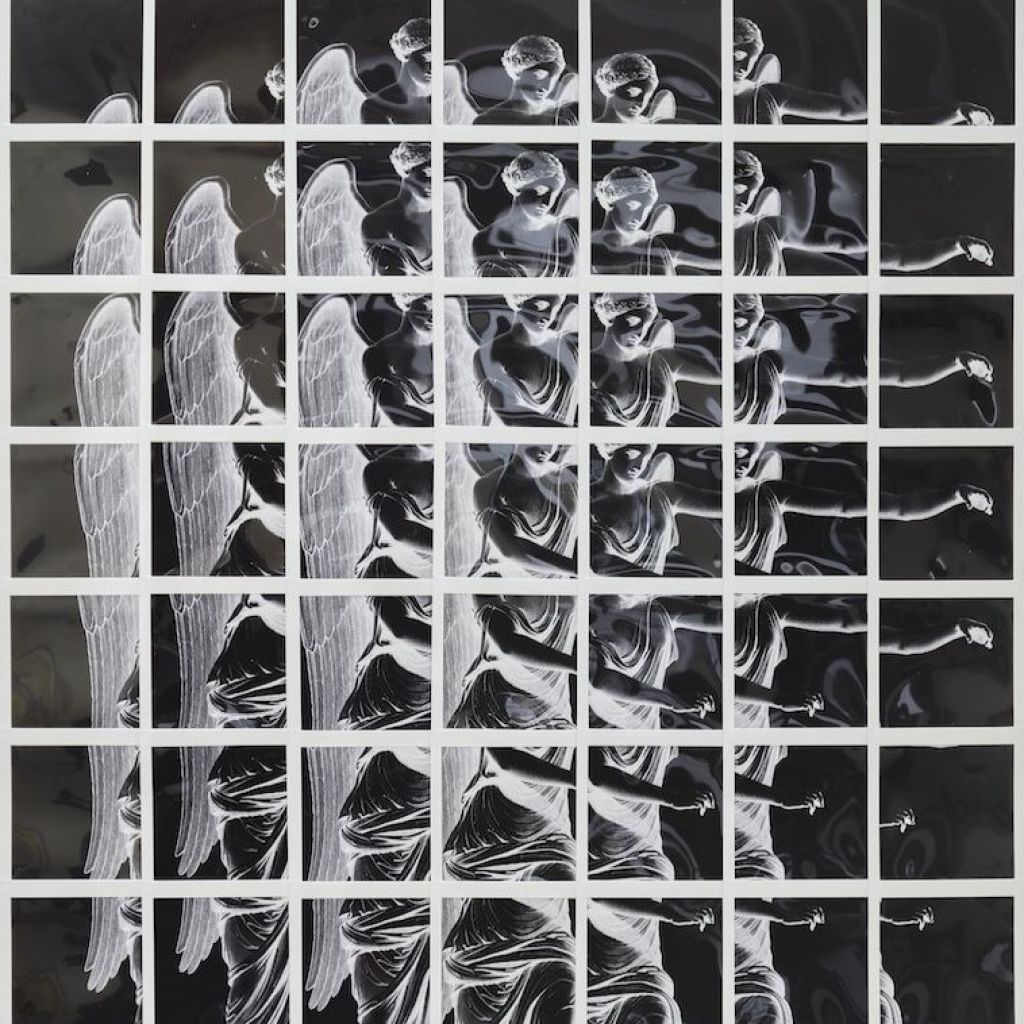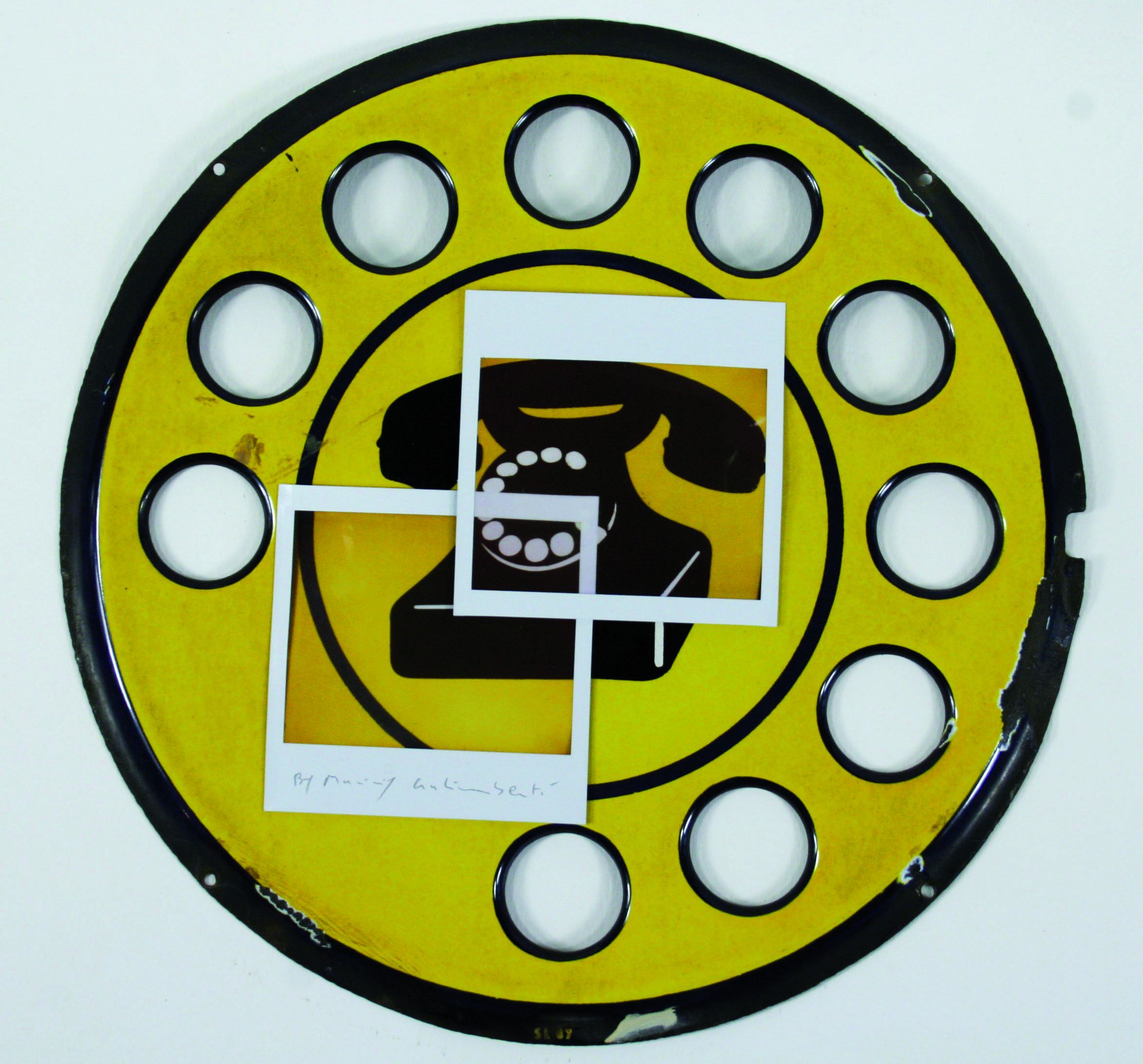
Maurizio Galimberti
Maurizio Galimberti was born in Como in 1956. He moved to Milan where he lives and works today.
He approached the world of analogue photography, starting out with the use of a Widelux rotating lens camera and then in 1983 focusing his commitment, radically and definitively, on the Polaroid.
In 1991 he began his collaboration with Polaroid Italia for which he soon became the official testimonial, creating the volume POLAROID PRO ART published in 1995, which became a true cult object for fans of integral Polaroid film. He is named "Instant Artist" and is the creator of the "Polaroid Collection Italiana"
In 1992 he obtained the prestigious "Gran Prix Kodak Pubblicità Italia". For KODAK ITALIA, in 2000 he created a traveling exhibition of the I Maestri series.
He continues his research with Polaroid and reinvents the "Photographic Mosaic" technique which he initially adapted to portraits. The first experiment dates back to 1989 when he portrayed his son Giorgio. The portraits of Michele Trussardi, Carla Fracci and Mimmo Rotella will follow, from which the reference to the photodynamism of the Bragaglias and the search for rhythm and movement is evident. Numerous portraits were made in the world of cinema, art and culture. The popularity and success with which these representations of faces were received led him to participate as an official portraitist at the Venice Film Festival.
In 1999 he was indicated by the Italian magazine "CLASS" as the first Italian portrait photographer in the rankings of merit drawn up by the monthly magazine.
His portrait of Johnny Depp, taken during the 2003 Venice Film Festival, was chosen as the image for the September cover of the prestigious Times Magazine.
“Mosaic” soon became the technique for portraying not only faces, but also landscapes, architecture and cities. With balance, Galimberti alternates the emotion for the composition, in which the search for rhythm becomes more evident, of which the Mosaics are an example, with a propensity towards the particular, the intimate scene to be filmed and immortalized whose rendering is represented by a single shot, i.e. from a single polaroid. His works on the landscape, on cities and on the space that characterizes the latter, alternate these two points of view, these two different ways of narrating the same reality.
Works
-
 Telefono oggetto affezione
Telefono oggetto affezioneCOLLAGE WITH POLAROIDS
-
 Ready made please… ritrovamento parigino n°3
Ready made please… ritrovamento parigino n°3MOSAIC FUJI INSTAX SQUARE SQ20
-
 VITTORIA ALATA POP N.2…
VITTORIA ALATA POP N.2…MOSAIC FUJI INSTAX SQUARE SQ20
-
 VITTORIA ALATA POP N.5…
VITTORIA ALATA POP N.5…MOSAIC FUJI INSTAX SQUARE SQ20
-
 Ready Made Brixia
Ready Made BrixiaCOLLAGE WITH POLAROIDS